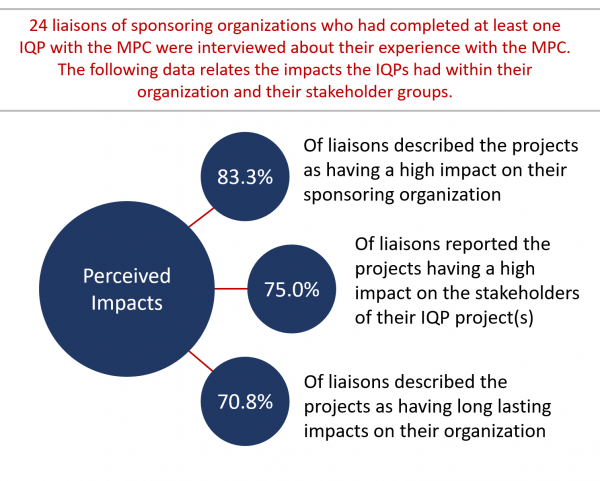
Metropolitan Fire Brigade/Metropolitan Fire and Emergency Services Board:
In 2006, a team working with the Metropolitan Fire Brigade researched how the MFB and other fire services communicated safety measures with the wider community. Their work showed that those who typically perish in fires are elderly, disabled, living at home, often alone, or dependent on social services. Geoff Kaandorp of the MFP explained that, “As a result of those findings . . . MFB has changed its approach to how we try to mitigate fire risk in the community.”
Fawkner Community House:
In 2014, a team working with the Fawkner Community House researched the significant level of food insecurity in Fawkner. Meredith Lawrence of Fawkner Community House reported that the organization has used students’ research to strengthen grant applications to fund transportation for community members to low priced grocery stores. The research was also used to establish a community market and to set up a local food bank.
Zoos Victoria:
In 2013, students worked with Zoos Victoria to understand the effectiveness of the Zoo’s after-school educational program. The students recommended more current approaches to their program structure. Cyrelle Field of Zoos Victoria explained that, “We’d been teaching the same way for forty years. We went through the process of change following that project because it gave us some data to work with.”
Museums Victoria:
In 2016, students worked with Museums Victoria on the project, “Bringing Audience Segmentations to Life.” They created training materials to help museum employees understand the needs of museum visitors. After interviewing museum guests about their reasons for visiting and their responses to exhibits, the team produced a series of six videos and infographics that will help staff–from maintenance workers to docents – better meet guests’ expectations.
Snowy River Innovation:
In 2013, students worked with Snowy River Innovation to research how to increase engagement in the Mirboo North Community Energy Hub, a community-driven initiative designed to promote sustainable energy practices. Their findings showed that the community lacked a trusted source of energy information; in response, students created an informative and accessible website, increasing community involvement with the Hub.
Port Phillip EcoCentre:
In 2017, a team working with the EcoCentre assisted in establishing a long-term monitoring plan for microplastic pollution in Port Phillip Bay. The team implemented and assessed the Baykeeper Beach Litter Audit Method at preselected locations around the bay, recruiting volunteers to perform the assessment on a monthly basis. Anthony Gallacher of the EcoCentre explained, “This microplastics research that the WPI students are undertaking is really a foundational project for the EcoCentre. The Port Phillip Baykeeper has been working on a litter auditing method . . . for a number of years. This project in-and-of-itself will set the scene for an ongoing monitoring program which will bring in enough data. Politicians [can] now start to look at ways in which we can create larger scale, legislative change to address this particular issue.”